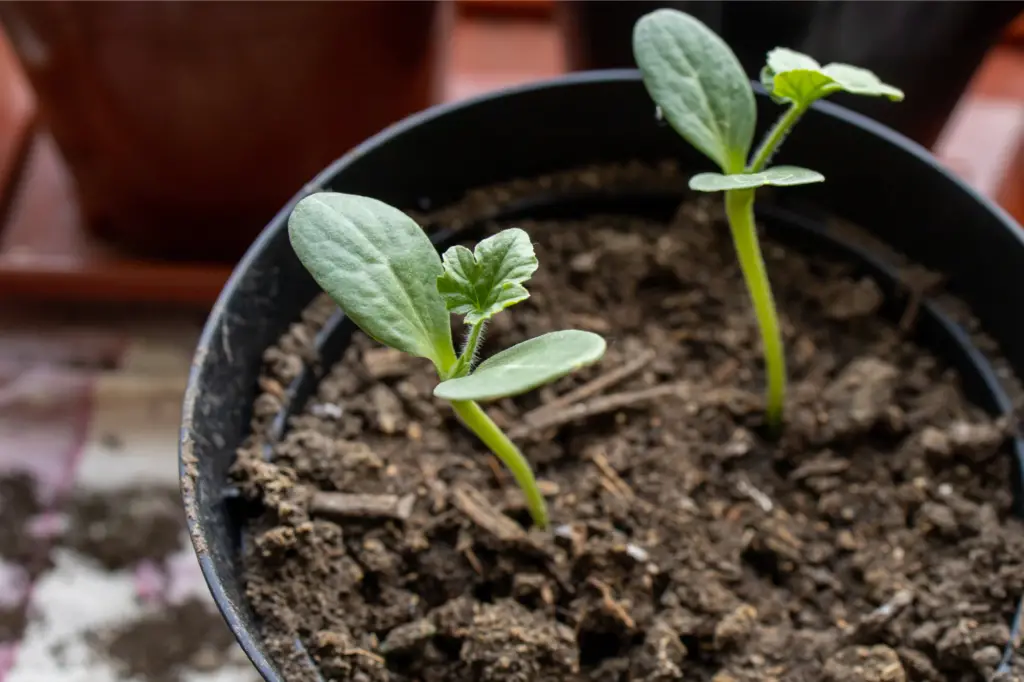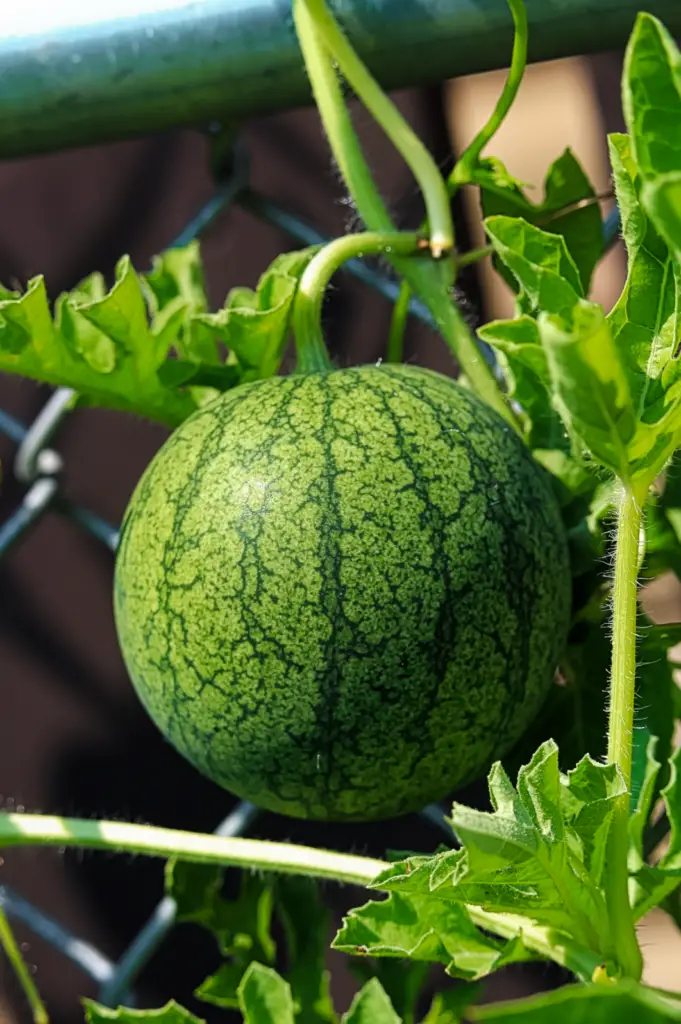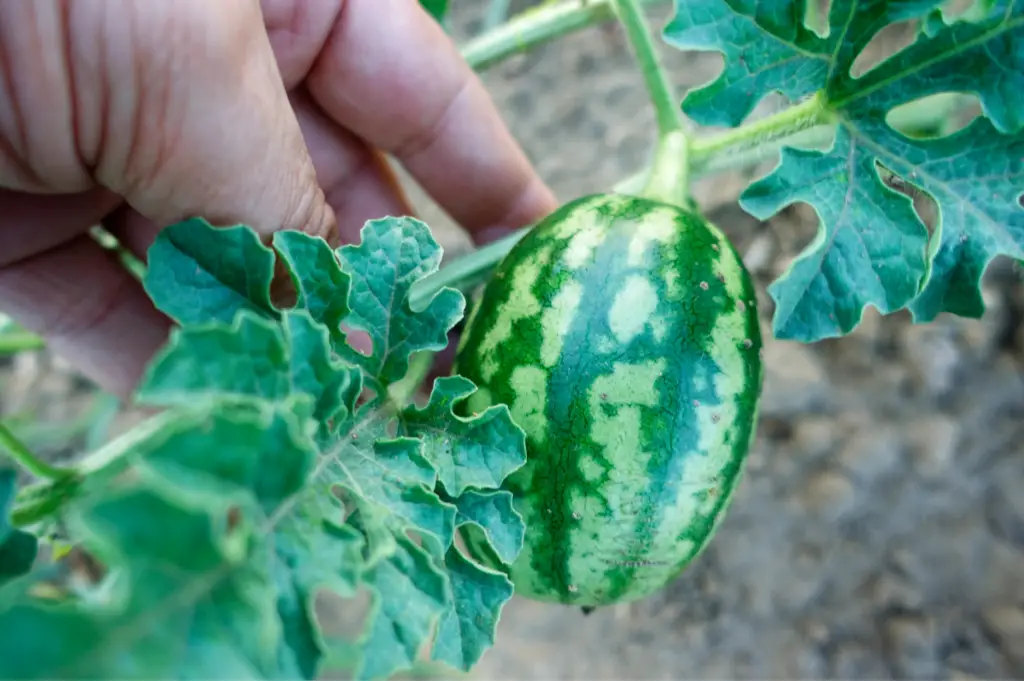Watermelon, with its juicy and refreshing flesh, is a beloved summer fruit that brings joy to many. The thought of growing watermelon indoors might seem challenging, as these sprawling vines are commonly associated with vast outdoor gardens. However, with the right techniques and a little bit of patience, you can successfully cultivate watermelon plants inside your home, allowing you to enjoy this delectable fruit year-round. In this article, we will explore the step-by-step process of growing watermelon indoors, from selecting the right varieties to providing optimal growing conditions and caring for your plants until they bear sweet and succulent fruits.

Table of Contents
Variety Selection
When growing watermelon indoors, it’s essential to choose a suitable variety. Some watermelon cultivars are better suited for indoor cultivation due to their compact growth habit and shorter maturity periods. Consider selecting dwarf or bush varieties, such as “Sugar Baby” or “Mini Love,” which are better adapted to limited spaces and containers.
Preparing the Indoor Space
Before you begin sowing the watermelon seeds, prepare a sunny and spacious area inside your home that receives at least 8-10 hours of direct sunlight each day. A south-facing windowsill or a room with skylights is ideal. If natural sunlight is limited, you can use supplemental grow lights to ensure adequate light levels for your watermelon plants.
Seed Starting
Start the watermelon seeds indoors in individual containers or seedling trays about 2-3 weeks before the last expected frost date in your region. Use a high-quality seed starting mix to ensure proper germination and avoid damping off disease. Plant the seeds at a depth of 1 inch (2.5 centimeters) and water them gently. Keep the soil consistently moist but not waterlogged throughout the germination period.
Transplanting
Once the watermelon seedlings have developed their first true leaves and the threat of frost has passed, they are ready to be transplanted into larger containers or grow bags. Select containers that are at least 5 gallons (about 18 litres) in size to provide enough room for the roots to spread. Fill the containers with a well-draining potting mix that is rich in organic matter. Carefully transplant the seedlings, making sure not to disturb the roots.
Providing Optimal Growing Conditions
Watermelons thrive in warm temperatures and require specific conditions to grow successfully indoors:
- Temperature: Maintain the indoor temperature between 75-85°F (24-29°C) during the day and slightly cooler at night, around 60-70°F (15-21°C).
- Humidity: Watermelon plants prefer higher humidity levels. If your indoor environment is dry, you can use a humidifier or place a tray of water near the plants to increase humidity.
- Pollination: Watermelons require pollination for fruit set. In indoor settings, where natural pollinators may not be present, you can hand-pollinate the plants. Use a small brush or cotton swab to transfer pollen from the male flowers to the female flowers gently.
Watering and Feeding
Watermelon plants need consistent moisture but dislike standing water. Water the plants when the top inch of the soil feels dry, and make sure to water the soil directly, avoiding the foliage to prevent fungal diseases. During hot weather, they may require more frequent watering.
Fertilise your watermelon plants regularly with a balanced liquid fertiliser, following the manufacturer’s recommendations. Alternatively, you can use organic fertilisers rich in nitrogen, phosphorus, and potassium.
Supporting and Training the Vines
Watermelon vines can be trained to grow vertically to save space. Use trellises, stakes, or other supports to guide the vines upward gently. As the plants grow, gently secure the main stem to the support structure using soft plant ties or fabric strips.
Managing Pests and Diseases
Indoor gardening doesn’t eliminate the risk of pests and diseases. Monitor your watermelon plants regularly for signs of common issues like aphids, spider mites, powdery mildew, or fungal diseases. If problems arise, try using natural pest control methods or organic sprays to tackle the issues without introducing harmful chemicals to your indoor garden.
Thinning and Pruning
To ensure the best fruit development, thin out excess fruits on each vine, leaving only a few healthy and promising ones. Additionally, prune away any dead or yellowing leaves to promote better airflow and minimize disease risks.
Harvesting
The time from seed sowing to harvesting watermelons indoors can vary depending on the variety you chose, but it typically takes between 65 to 90 days. When the watermelons are ready for harvest, they should have reached their full size and have a uniform color. Give the fruit a gentle thump; a ripe watermelon produces a deep, hollow sound.
Conclusion
While growing watermelon indoors might seem like a challenging endeavour, with the right selection of varieties, proper care, and attention to the plant’s needs, you can successfully cultivate these sweet and juicy fruits inside your home. Whether you’re an experienced gardener looking for a unique challenge or a beginner interested in exploring indoor gardening, growing watermelon indoors is a rewarding and sweet journey from seed to fruit. So, why not give it a try and savor the delightful taste of homegrown watermelons all year round!



